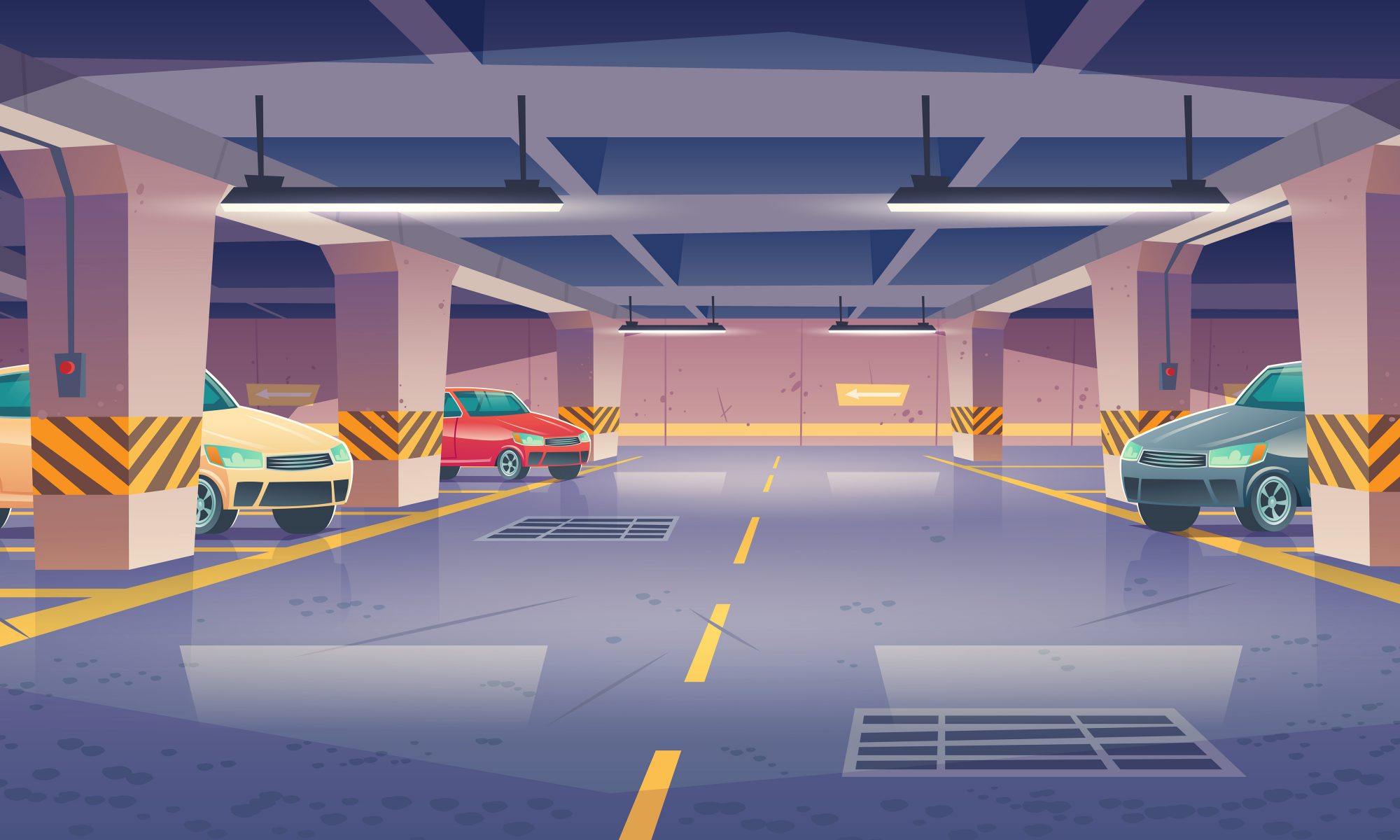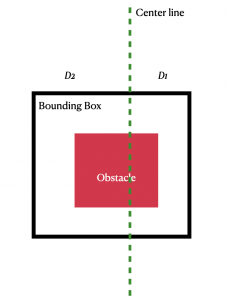This week we mainly fixed up the kinks during integration. We all worked together to try and iron out some of the path planning issues that we were seeing when testing the lead vehicle’s navigation system. Part of the reason for the inconsistency was the frequency of updates of both the path planning node and the localisation node. After decreasing the frequency of updates we were able to observe much better performance .
We also tweaked with the weight distribution of the cars to give it a more smooth motion and achieve less drift overall. Some of the differences in material and other irregularities with the optical optoencoder and wheel dynamics made the vehicles operate slightly differently and it took a little bit of calibration to allow the vehicles to move in a somewhat similar manner. With more time we would have liked to see identical movement by implementing better feedback and maybe passing more specific data between the cars, however, due to time constraints we were left with small hacks to make the motion pretty similar.
Joel also tweaked some issues with the communication to allow for more consistent communications.
The rest of the week was dedicated to testing the system together to try and iron out any issues we saw. Although the vehicles are a little finicky and their behaviour is a little unpredictable due to subtle changes in the positions of the motor axes, as well as accumulation of dirt in the wheels and terrain and small perturbations in the vehicle themselves, we were able to have our two cars successfully navigate a simple track with 5 obstacles. Since the drift between the two vehicles became too significant after 5m, we ended up shortening our demo video to a track of 5m in length.

